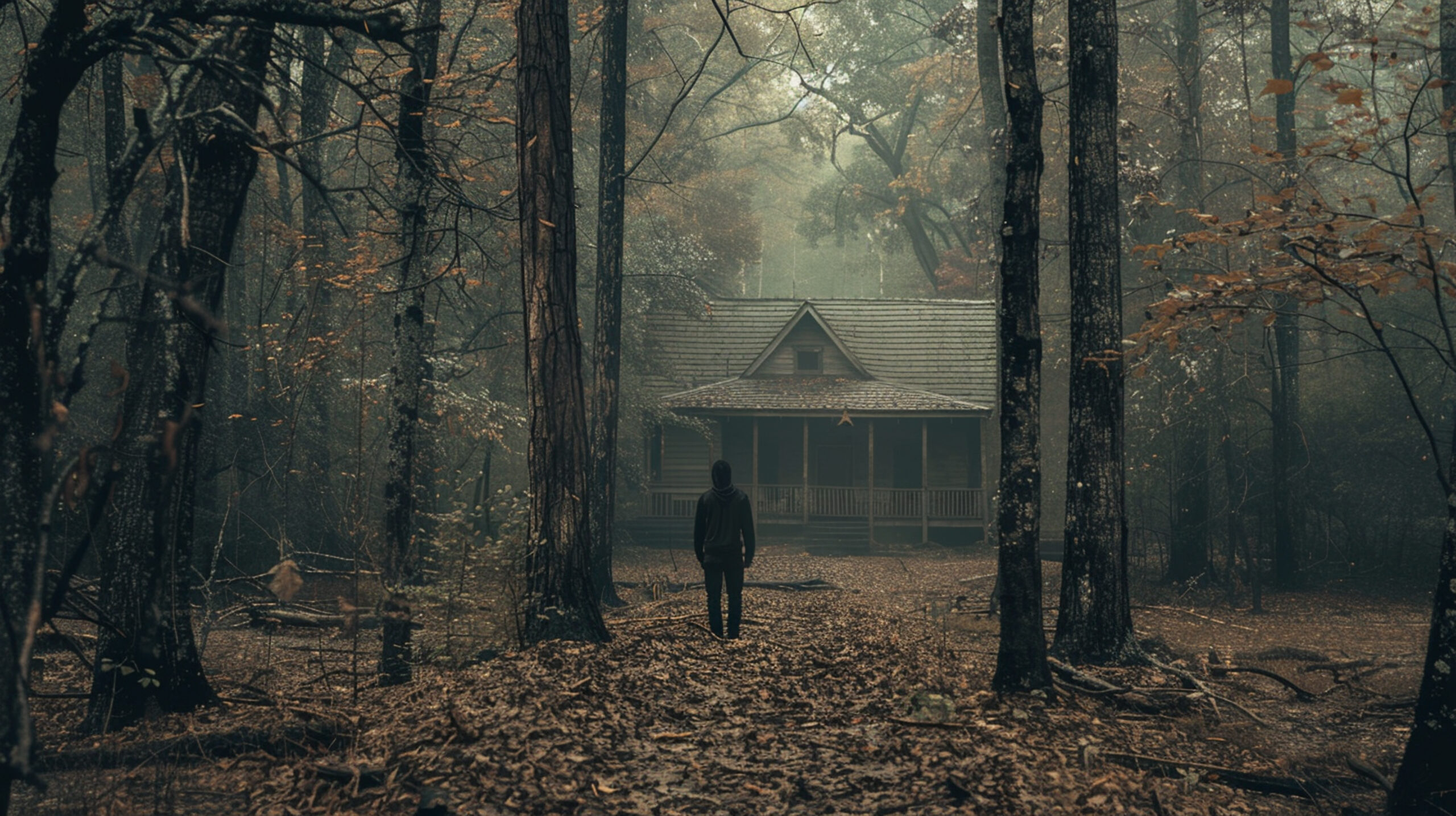How to Secure Your Home During a Power Outage

- Info and Tips
When the power goes out, your home can feel more exposed than usual. Without lights, alarms, or working cameras, it’s easy to worry about safety.
But with a few smart steps, you can stay in control. Whether it’s a storm or a blackout, being prepared can protect your home from phrogging.
In this blog, you’ll learn simple ways to secure your home during any power outage.
Secure Doors and Windows
When the power is out, your home might seem like an easier target for intruders. That’s why the first thing you should do is make sure all doors and windows are fully secured.
Check that every entry point is closed and locked, even ones you don’t use often. Solid doors with good-quality deadbolts offer better protection, and reinforced door frames make it harder for someone to break in.
Windows are often overlooked, so it’s important to check that they’re locked tightly. If you have sliding glass doors, secure them with a bar or rod in the track. With outdoor lights likely off, burglars may take advantage of the darkness.
Plus, motion-sensor lights with battery backup can help stop that by lighting up if someone approaches.
Protect Electronics from Power Surges
Power outages often come with sudden surges when electricity returns, which can damage your devices. To protect your electronics, it’s smart to unplug anything that isn’t essential, like TVs, computers, routers, and gaming systems.
If they stay plugged in, a power surge could fry their circuits. Use surge protectors for devices you want to keep plugged in, and consider adding a whole-house surge protector for extra safety.
Fridges and freezers should stay closed to keep food cold longer, so only open them if necessary. This small habit can help preserve food for hours, even without power.
If you’re not home when the outage happens, having your electronics plugged into a surge protector can make all the difference. Taking these steps now can help you avoid costly damage and keep your equipment safe.
Have Backup Power and Lighting Ready
When the power goes out, having a reliable backup plan keeps your home safer and more comfortable. A portable or standby generator can help power essential devices like your refrigerator, security cameras, or medical equipment.
Just make sure it’s placed outdoors and has enough fuel stored safely. If a generator isn’t an option, even a small Uninterruptible Power Supply (UPS) can keep alarms or your Wi-Fi going for a little while.
Good lighting is also key. Keep flashlights in easy-to-reach spots around the house, and check that they have fresh batteries. Battery-operated lanterns or candles are safer alternatives to real candles, especially if you have kids or pets.
Also, a battery-powered radio can keep you updated when your phone dies or the internet is down. Being prepared with backup power and light not only helps you move around safely but also makes your home less attractive to anyone looking to take advantage of the dark.
Other Important Considerations
There are a few extra steps that can make a big difference during a power outage. First, make sure you have an emergency kit stocked and ready.
This should include items like batteries, flashlights, a first aid kit, bottled water, non-perishable food, and a battery-powered radio. These supplies help you stay safe and self-sufficient if the outage lasts longer than expected.
Carbon monoxide safety is also important, especially if you’re using generators or gas-powered heaters. Check that your carbon monoxide detectors have working batteries.
It’s a small detail that can save lives. Also, think about temperature control — seal up gaps around windows and doors to help hold in heat during winter or keep things cooler in summer.
Conclusion
Power outages can make your home feel less safe, but a few small steps can help a lot. Always keep flashlights and batteries ready. Make sure your phone stays charged so you can call for help if needed. Lock all doors and windows tightly, and use extra locks or bars if you have them.
If you have a battery-powered alarm or camera, turn it on. Let a trusted neighbor know about the outage. Most of all, stay calm and alert. You don’t need fancy tools — just good habits and a little planning can help keep your home secure.
FAQs
1. What’s the best way to handle a power outage?
Using a backup generator is one of the most reliable ways to keep power running during an outage. Generators turn fuel into electricity, giving your home power even when the grid goes down. They’re a strong option for anyone who wants peace of mind during long outages.
2. How can I sleep comfortably during a power outage?
Staying cool or warm during a power cut doesn’t have to be complicated. Use layers of bedding, open windows for airflow, and dress smart for the weather. These small steps can help you rest better, even when the power is out.
3. How do I protect my home from power surges and voltage drops?
Installing a voltage stabilizer is a good way to manage sudden changes in electricity flow. It helps keep the power steady, so your devices don’t get damaged when voltage levels spike or dip.
4. What’s the best backup power option?
Battery backup systems are a great choice. They’re quiet, don’t give off fumes, and are easy to maintain. While generators work well too, batteries offer a cleaner and more low-maintenance solution for most homes.
5. What’s the best way to manage outages for businesses or services?
Clear communication is key. If you’re running a business, keep your customers updated during an outage — even if there’s no news yet. Regular updates show you’re on top of things and help maintain trust while power is being restored.